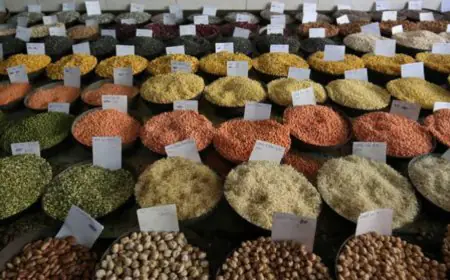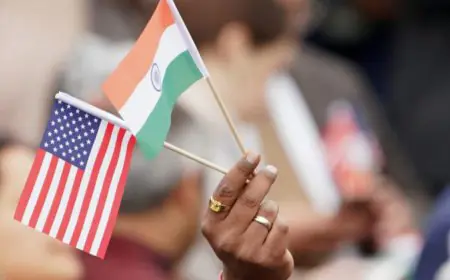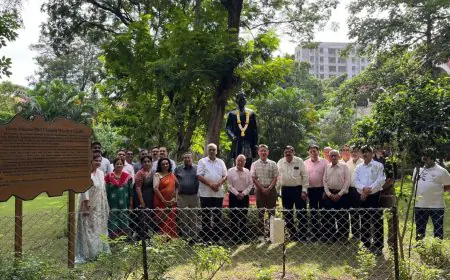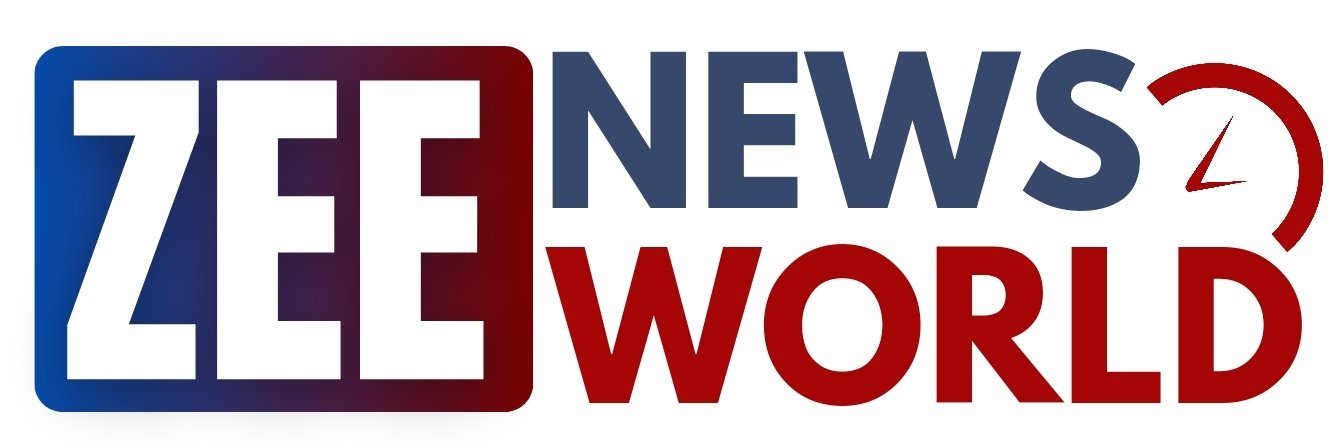Opinion: SBI Research Report On Women Voter Turnout Shows A Trend, But It's Too Early To Jump To Conclusions
SBI Research has claimed in its latest report that states have witnessed an incremental women voter turnout of 1.8 crore in 2024 over 2019, primarily because of the implementation of women-centric schemes, improvement in literacy, creation of employment opportunities, and house ownership, with electricity and improved drinking water facilities also emerging as contributors. Though women turnout has been increasing over the years, and they have been emerging as kingmakers, it is too early to make these conclusions as there is inherent contradiction in the data put out in the report. In recent elections, political parties have made tailored schemes for the fairer sex to woo them. Increase in literacy levels and implementation of schemes, including cash transfer, have been attributed to the increase in awareness levels, thus enabling women to make independent voting decisions. The SBI Research report titled “Analysis of Lok Sabha Elections 2024” comes up with following conclusions: Over 90 million more voters cast their votes in last decade, and 58% of them (5.3 crore) are female voters. Overall turnout ratio has increased significantly in the Scheduled Caste/Scheduled Tribe category (particularly in the case of females), again indicating the empowering of those at bottom of pyramid. States have witnessed an incremental women voter turnout of 1.8 crores in 2024 over 2019 primarily because of implementation of women-centric schemes Out of 1.8 crore incremental female voters (2024 vs 2019 elections)– 45 lakh female voters rise is attributable to a rise in literacy– 36 lakh can be attributable to employment /Mudra Yojana among others– 20 lakh is attributable to House Ownership under Pradhan Mantri Awas Yojana– 21 lakh is attributable to Sanitation Average women voter turnout in 19 beneficiary states increased by 7.8 lakh (cumulatively 1.5 crore) in 2024 as compared to an increase of only 2.5 lakh (cumulatively 0.3 crore) in states where no-such schemes were launched after 2019. ALSO READ ON ABP LIVE | Rural Poverty Down, At A Rate Faster Than Urban: What The Latest SBI Data Tells Us Beyond The Numbers What The SBI Research Data Says On Voter Turnout Women turnout has increased marginally from 65.5% in 2014 to 65.8% in 2024 (+0.2%) as shown below. This is primarily accounted for by the ST category voters, which has seen a jump from 69.4% to 71.7% (+2.2%). STs account for 8.6% of population, as per the 2011 census. There has been no increase among the SC category voters, who account for 16.6% of population, and only a marginal increase of 0.1% among General category female voters, who account for around 75% of the population. Nearly 9.2 crore more voters cast their vote in the last decade, which is largely a function of the increase in the number of voters from 83.4 crore to 97.8 crore as overall turnout has declined from 66.4% to 66.1%. Of this increase, 58% (5.3 crore) is accounted for by women voters. Almost 60% of additional votes cast comes from women, and this is also due to the fact that men's turnout has decreased by 1.5% during this period, from 67% in 2014 to 65.6% in 2024. Only 6 states — Bihar, Karnataka, Madhya Pradesh, Maharashtra, UP and West Bengal — account for 54% of new female voters, as per the report. If we add the 7th top state, Rajasthan in the list, only seven states account for 60% of total new female voters. The report says: “If we map the PMJDY and Mudra accounts, women electoral participation is increasing with a rising number of Women PMJDY accounts and Women Mudra Loan Accounts.” These seven states account for 65% of PMJDY and Mudra accounts. In three of these states — UP, Bengal and Rajasthan — the turnout has actually declined as shown in table below. Additionally, Bihar has not witnessed any increase in turnout. These four states account for 35% of the 58% overall increase in votes accounted for by females. The turnout has increased in only three of these seven states — Karnataka, Madhya Pradesh and Maharashtra. Two of these, Karnataka and MP, implemented a cash income support scheme for women just months before the general elections, and would have played a key role rather than PMJDY / Mudra Loans scheme. Even in terms of literacy levels, data analysed by this author finds that while Bihar, UP, Rajasthan, West Bengal and Madhya Pradesh have witnessed a higher improvement in literacy ratio than the overall national average of 4.84%, only MP had shown an improvement in the turnout. The others have, in fact, registered a decline. Hence, the hypothesis indicating that increase in mean women voter turnout is significantly higher in states that have focused on women welfare, as compared to those that haven’t, may be too early to conclude as the data from top states in terms of population like UP, Bengal, Bihar and Rajasthan tells otherwise.
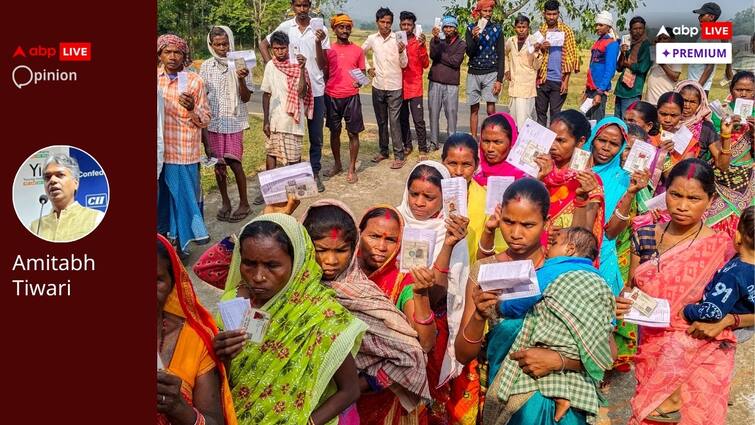
SBI Research has claimed in its latest report that states have witnessed an incremental women voter turnout of 1.8 crore in 2024 over 2019, primarily because of the implementation of women-centric schemes, improvement in literacy, creation of employment opportunities, and house ownership, with electricity and improved drinking water facilities also emerging as contributors. Though women turnout has been increasing over the years, and they have been emerging as kingmakers, it is too early to make these conclusions as there is inherent contradiction in the data put out in the report.
In recent elections, political parties have made tailored schemes for the fairer sex to woo them. Increase in literacy levels and implementation of schemes, including cash transfer, have been attributed to the increase in awareness levels, thus enabling women to make independent voting decisions.
The SBI Research report titled “Analysis of Lok Sabha Elections 2024” comes up with following conclusions:
- Over 90 million more voters cast their votes in last decade, and 58% of them (5.3 crore) are female voters.
- Overall turnout ratio has increased significantly in the Scheduled Caste/Scheduled Tribe category (particularly in the case of females), again indicating the empowering of those at bottom of pyramid.
- States have witnessed an incremental women voter turnout of 1.8 crores in 2024 over 2019 primarily because of implementation of women-centric schemes
- Out of 1.8 crore incremental female voters (2024 vs 2019 elections)
– 45 lakh female voters rise is attributable to a rise in literacy
– 36 lakh can be attributable to employment /Mudra Yojana among others
– 20 lakh is attributable to House Ownership under Pradhan Mantri Awas Yojana
– 21 lakh is attributable to Sanitation - Average women voter turnout in 19 beneficiary states increased by 7.8 lakh (cumulatively 1.5 crore) in 2024 as compared to an increase of only 2.5 lakh (cumulatively 0.3 crore) in states where no-such schemes were launched after 2019.
ALSO READ ON ABP LIVE | Rural Poverty Down, At A Rate Faster Than Urban: What The Latest SBI Data Tells Us Beyond The Numbers
What The SBI Research Data Says On Voter Turnout
Women turnout has increased marginally from 65.5% in 2014 to 65.8% in 2024 (+0.2%) as shown below. This is primarily accounted for by the ST category voters, which has seen a jump from 69.4% to 71.7% (+2.2%). STs account for 8.6% of population, as per the 2011 census. There has been no increase among the SC category voters, who account for 16.6% of population, and only a marginal increase of 0.1% among General category female voters, who account for around 75% of the population.
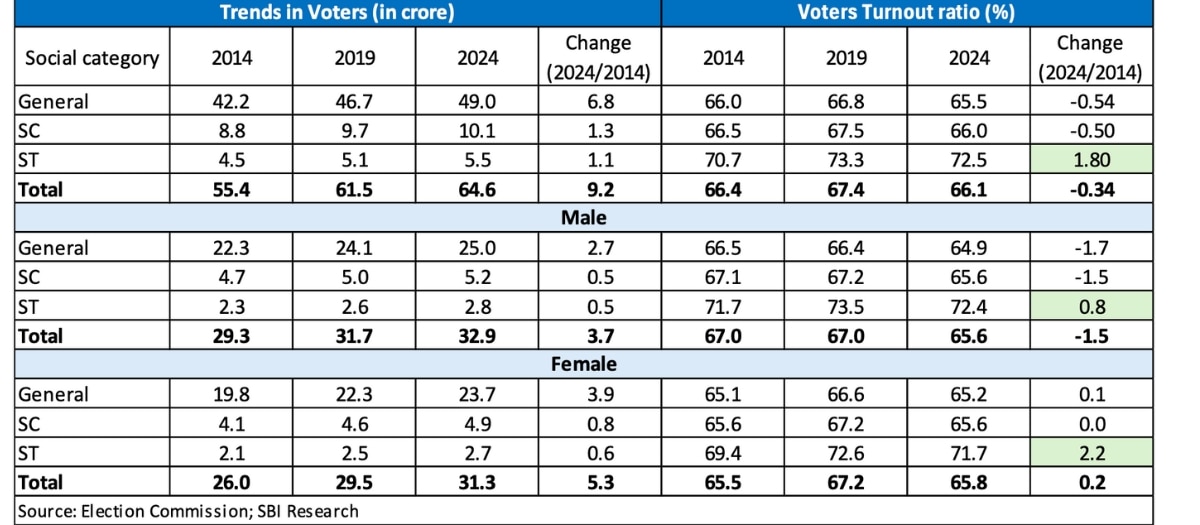
Nearly 9.2 crore more voters cast their vote in the last decade, which is largely a function of the increase in the number of voters from 83.4 crore to 97.8 crore as overall turnout has declined from 66.4% to 66.1%. Of this increase, 58% (5.3 crore) is accounted for by women voters. Almost 60% of additional votes cast comes from women, and this is also due to the fact that men's turnout has decreased by 1.5% during this period, from 67% in 2014 to 65.6% in 2024.
Only 6 states — Bihar, Karnataka, Madhya Pradesh, Maharashtra, UP and West Bengal — account for 54% of new female voters, as per the report. If we add the 7th top state, Rajasthan in the list, only seven states account for 60% of total new female voters. The report says: “If we map the PMJDY and Mudra accounts, women electoral participation is increasing with a rising number of Women PMJDY accounts and Women Mudra Loan Accounts.”
These seven states account for 65% of PMJDY and Mudra accounts. In three of these states — UP, Bengal and Rajasthan — the turnout has actually declined as shown in table below. Additionally, Bihar has not witnessed any increase in turnout. These four states account for 35% of the 58% overall increase in votes accounted for by females. The turnout has increased in only three of these seven states — Karnataka, Madhya Pradesh and Maharashtra. Two of these, Karnataka and MP, implemented a cash income support scheme for women just months before the general elections, and would have played a key role rather than PMJDY / Mudra Loans scheme.
Even in terms of literacy levels, data analysed by this author finds that while Bihar, UP, Rajasthan, West Bengal and Madhya Pradesh have witnessed a higher improvement in literacy ratio than the overall national average of 4.84%, only MP had shown an improvement in the turnout. The others have, in fact, registered a decline.
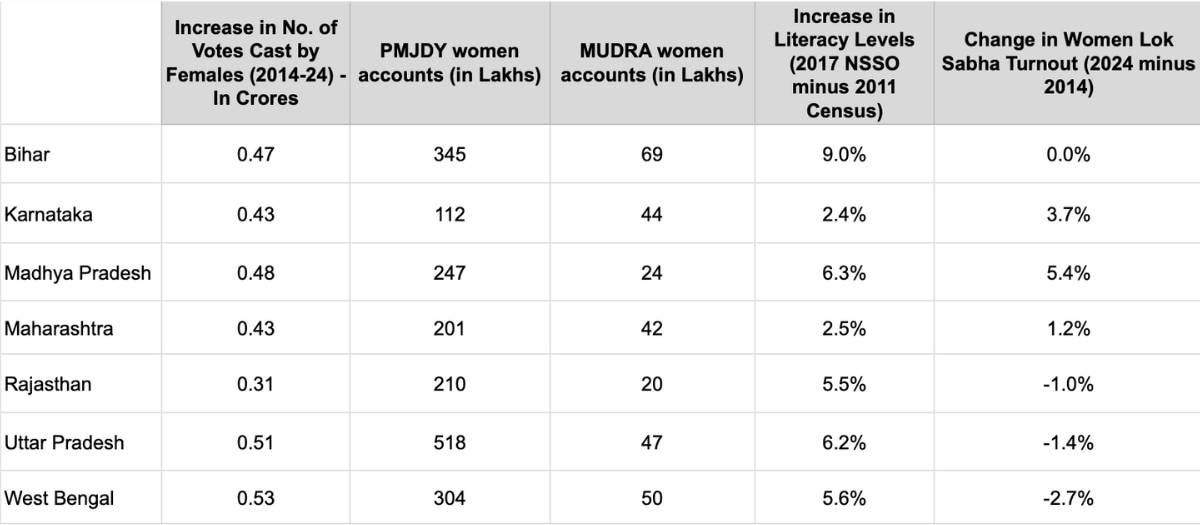
Hence, the hypothesis indicating that increase in mean women voter turnout is significantly higher in states that have focused on women welfare, as compared to those that haven’t, may be too early to conclude as the data from top states in terms of population like UP, Bengal, Bihar and Rajasthan tells otherwise.
ALSO READ ON ABP LIVE | L&T Defends Subrahmanyan’s 90-Hr Week Comments: 'Words Taken Out Of Context'
Too Early To Conclude
The SBI Research report lists out eight women-centric schemes that have been driving turnout in states. Out of these, not even one scheme is more than a year old, barring West Bengal’s Lakshmir Bhandar that dates back to 2021. But we saw that the turnout in Bengal declined in the Lok Sabha elections. Female voters have increased in the last two assembly elections as shown below, but most of these schemes are cash income support schemes.
The report highlights the issues with freebies and proposes the Supreme Court to fix a band / range for such promises at 1% of the GDP.
"If we look at the state budgets, election promises in legislative elections range from 0.1 - 2.7% of GSDP for different states and around 5-10% of own tax revenue of the states. If we include the contingent liabilities along with freebies, then they come around 10% of the GSDP for all the states combined. We expect the SC panel should fix a band say 1% GSDP or 1% of state own tax collections or 1% to state revenue expenditure for these welfare schemes of the states. With this, the desired welfare schemes can be implemented in a proper way, while simultaneously freeing up resources for productive capital formation,” it says.

The report states that literacy levels have the highest coefficient / correlation while others have lower correlation coefficient. Less than 0.3 coefficient indicates little or no correlation, theoretically.
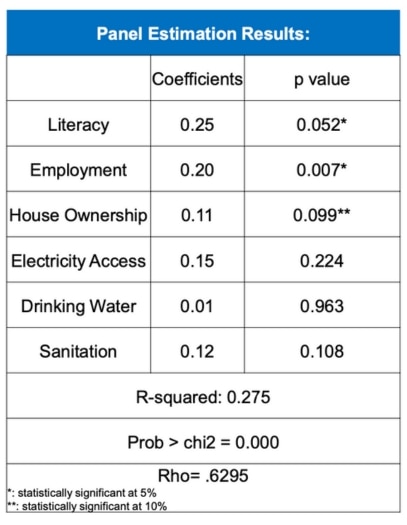
While women turnout has increased in the last decade, and literacy, implementation of schemes are some factors, other factors like better law and order in some states, increase in awareness due to increased media penetration, rise of social media, efforts of ECI, etc also play a role. We need to analyse data of some more years in order to arrive at conclusions.
The writer is a political commentator.
[Disclaimer: The opinions, beliefs, and views expressed by the various authors and forum participants on this website are personal and do not reflect the opinions, beliefs, and views of ABP Network Pvt. Ltd.]
What's Your Reaction?

















